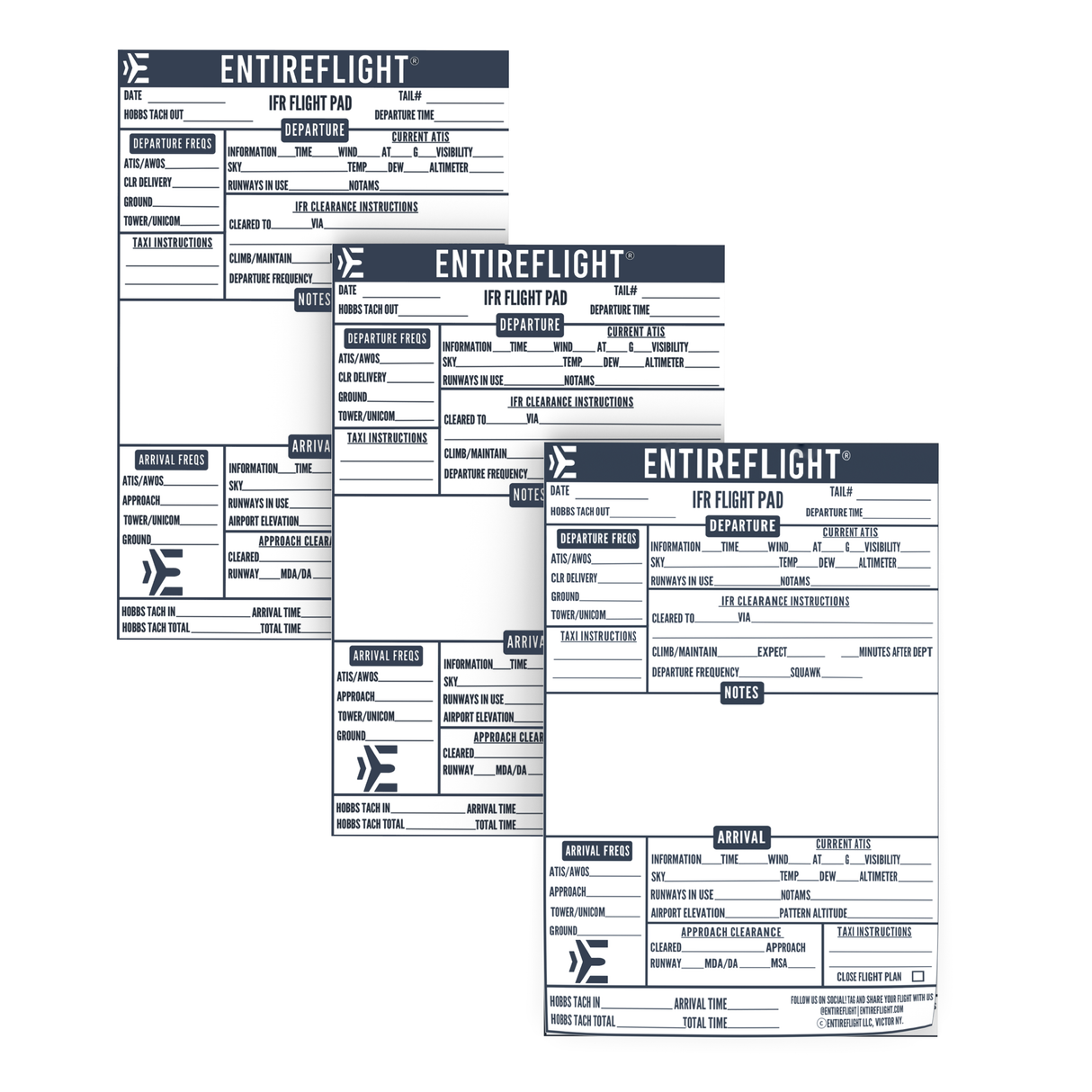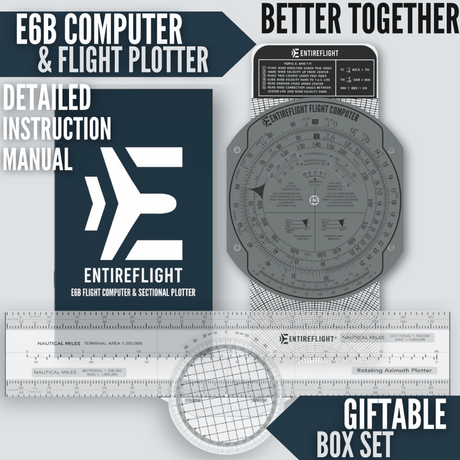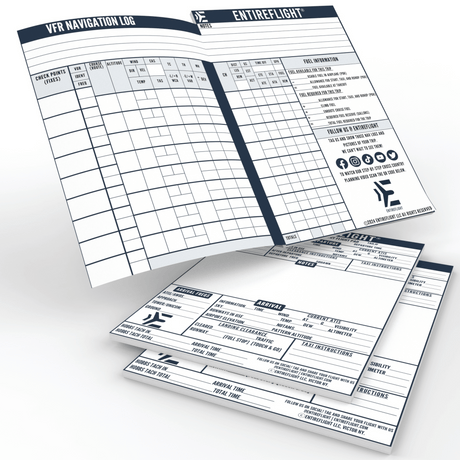When it comes to aircraft design, one of the most fundamental decisions is whether to use a high-wing or low-wing configuration. In a high wing aircraft, the wings are mounted on top of the fuselage, while in a low wing aircraft, they are mounted underneath. This seemingly minor difference can have a significant impact on the aircraft's performance, handling, and overall design.
High wing aircraft are often favored for their stability and visibility. The high placement of the wings allows for better visibility from the cockpit, as well as improved ground clearance for takeoff and landing. Additionally, the weight of the wings naturally creates a more stable platform, which can be beneficial for certain types of flight, such as aerial surveying or crop dusting. However, high wing aircraft can also be more susceptible to crosswinds and turbulence, which can make for a bumpier ride.
High Wing Aircraft
When it comes to aircraft design, the position of the wings plays a critical role in determining the overall performance and capabilities of the aircraft. High wing and low wing aircraft are two of the most common designs, each with its own set of advantages and disadvantages. In this section, we will take a closer look at high wing aircraft and what makes them unique.
Visibility and Accessibility
One of the most significant advantages of a high wing aircraft is its excellent visibility. With the wings mounted above the fuselage, the pilot has an unobstructed view of the ground below, making it easier to navigate and land the aircraft. Additionally, high wing aircraft often have large windows that provide a panoramic view of the surrounding terrain.
Another benefit of high wing aircraft is their accessibility. Because the wings are mounted high above the fuselage, passengers and crew can enter and exit the aircraft without having to duck under the wings. This makes loading and unloading cargo and passengers much more comfortable and efficient.
Stability and Safety
High wing aircraft are known for their stability and safety. The position of the wings above the fuselage provides a natural stability that makes the aircraft more resistant to turbulence and other weather-related conditions. Additionally, the high wing design provides a lower center of gravity, which can help prevent the aircraft from tipping over during takeoff and landing.
High wing aircraft are also designed with safety in mind. In the event of an emergency landing, the high wing design provides a protective barrier between the occupants of the aircraft and the ground. This can help reduce the risk of injury and increase the chances of survival.
Ground Clearance
Finally, high wing aircraft have a significant advantage when it comes to ground clearance. Because the wings are mounted high above the fuselage, the aircraft has a higher ground clearance, making it easier to take off and land on rough or uneven terrain. This is especially important for aircraft that are used in remote or rugged locations.
Overall, high wing aircraft are an excellent choice for a variety of applications, from passenger transport to cargo and military operations. With their excellent visibility, stability, and safety features, high wing aircraft are a reliable and efficient option for pilots and passengers alike.
Low Wing Aircraft
When it comes to aircraft design, low wing aircraft are a popular choice. They have a wing that is attached to the bottom of the fuselage, which offers several advantages over high wing aircraft.
Aerodynamic Efficiency
One of the main advantages of low wing aircraft is their aerodynamic efficiency. The wing's position creates a natural downward force that increases stability and lift. This design also allows for a shorter landing gear, which reduces drag and improves overall performance. Additionally, the wing's position helps to reduce drag, which improves fuel efficiency.
Fuel Efficiency
Low wing aircraft also have an advantage in fuel efficiency. The wing's position creates less drag, which means that the aircraft requires less power to maintain altitude and speed. This results in lower fuel consumption and longer flight times.
Handling Characteristics
Another advantage of low wing aircraft is their handling characteristics. The wing's position creates a lower center of gravity, which improves stability and maneuverability. This design also allows for a wider range of speeds and altitudes, making it ideal for a variety of flight operations.
Overall, low wing aircraft have several advantages over high wing aircraft. They offer improved aerodynamic and fuel efficiency, as well as better handling characteristics. If you're looking for an aircraft that can perform well in a variety of flight operations, a low wing aircraft is a great choice.
|
Advantages |
Disadvantages |
|
Aerodynamic efficiency |
Limited visibility from cockpit |
|
Fuel efficiency |
More difficult to access fuel tanks |
|
Handling characteristics |
Higher risk of damage during ground operations |
Comparison: High Wing vs Low Wing Aircraft
When it comes to choosing between a high wing and low wing aircraft, there are several factors to consider. Here's a comparison of the two types of aircraft to help you make an informed decision.
Operational Differences
High wing aircraft have their wings mounted on top of the fuselage, while low wing aircraft have their wings mounted on the bottom of the fuselage. This affects the aircraft's center of gravity, stability, and visibility.
High wing aircraft tend to be more stable in flight and have better visibility for the pilot, especially when flying over terrain. They also tend to have more ground clearance, making them better suited for rough terrain and off-airport landings.
Low wing aircraft, on the other hand, tend to have better performance and handling characteristics. They have a lower center of gravity, which makes them more maneuverable and responsive to pilot input. They also tend to have better fuel efficiency and range.
Maintenance Considerations
Maintenance considerations are another factor to consider when choosing between a high wing and low wing aircraft. High wing aircraft tend to be easier to maintain, as the wings are mounted on top of the fuselage and are easier to access. This makes inspections and maintenance tasks easier to perform.
Low wing aircraft, on the other hand, require more specialized maintenance due to the location of the wings. The wings are mounted on the bottom of the fuselage, which can make inspections and maintenance tasks more difficult and time-consuming.
Pilot Preference
Finally, pilot preference is an important factor to consider when choosing between a high wing and low wing aircraft. Some pilots prefer the stability and visibility of high wing aircraft, while others prefer the performance and handling characteristics of low wing aircraft.
Ultimately, the choice between a high wing and low wing aircraft comes down to your personal preferences and the type of flying you plan to do. Consider the operational differences, maintenance considerations, and your own pilot preferences when making your decision.
Conclusion
In conclusion, both high wing and low wing aircraft have their advantages and disadvantages. It ultimately depends on the specific needs and preferences of the pilot and the mission at hand.
When choosing between high wing and low wing aircraft, it is important to consider factors such as mission requirements, personal preferences, and the intended use of the aircraft. By weighing the pros and cons of each type of aircraft, you can make an informed decision that best meets your needs as a pilot.
Frequently Asked Questions
1 - What are the advantages of a low wing aircraft?
Low wing aircraft have several advantages over high wing aircraft. They typically have better visibility from the cockpit, which can be particularly useful during takeoff and landing. Additionally, low wing aircraft tend to have better speed and handling characteristics, making them ideal for aerobatic maneuvers and high-performance flying.
2 - What are the disadvantages of a high wing aircraft?
High wing aircraft have a few disadvantages when compared to low wing aircraft. One of the biggest drawbacks is reduced visibility from the cockpit. Additionally, high wing aircraft tend to have a higher center of gravity, which can make them less stable in certain flight conditions.
3 - What is the difference in aerodynamics between high wing and low wing aircraft?
The aerodynamics of high wing and low wing aircraft are quite different. Low wing aircraft tend to have a more efficient wing design, which allows them to fly faster and more efficiently than high wing aircraft. High wing aircraft, on the other hand, tend to have a more stable flight profile, which can be beneficial in certain flight conditions.
4 - Are low wing planes more difficult to fly than high wing planes?
Low wing aircraft are not necessarily more difficult to fly than high wing aircraft. However, they do require a bit more finesse when it comes to takeoff and landing, due to their lower ground clearance. Additionally, low wing aircraft tend to be more sensitive to changes in speed and altitude, which can make them more challenging to fly in certain conditions.
5 - What is the difference in wing loading between low and high wing aircraft?
Wing loading refers to the amount of weight that is supported by the wings of an aircraft. Low wing aircraft tend to have a higher wing loading than high wing aircraft, which can make them more maneuverable and responsive in flight. However, this can also make them more challenging to fly in certain conditions, particularly during takeoff and landing.
6 - Is a high wing or low wing aircraft better for crosswind landings?
Both high wing and low wing aircraft can be used for crosswind landings, but each has its own advantages and disadvantages. High wing aircraft tend to be more stable in crosswind conditions, which can make them easier to land. However, low wing aircraft tend to have better handling characteristics, which can be beneficial in certain situations. Ultimately, the choice between a high wing or low wing aircraft for crosswind landings will depend on the specific flight conditions and the pilot's level of experience.






















